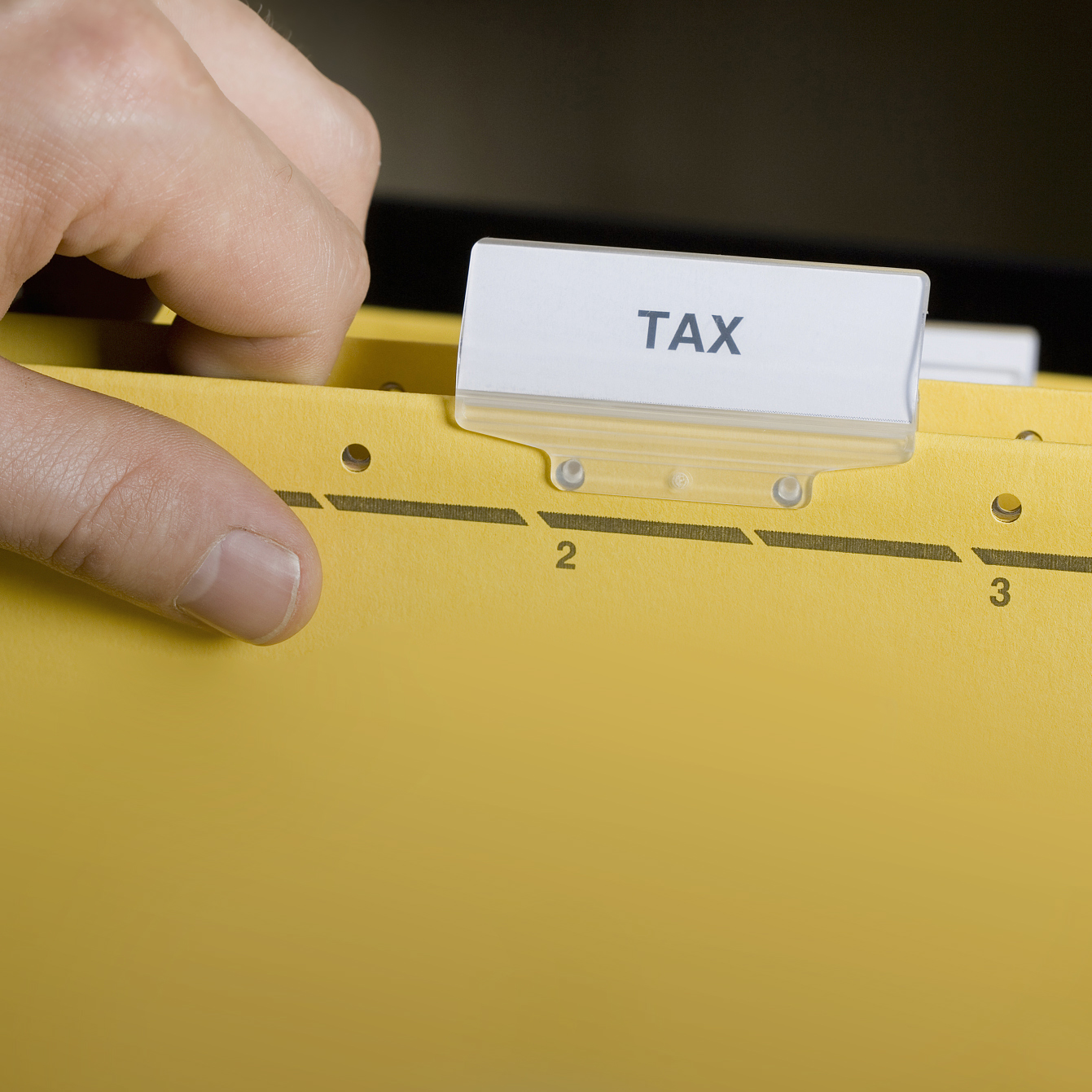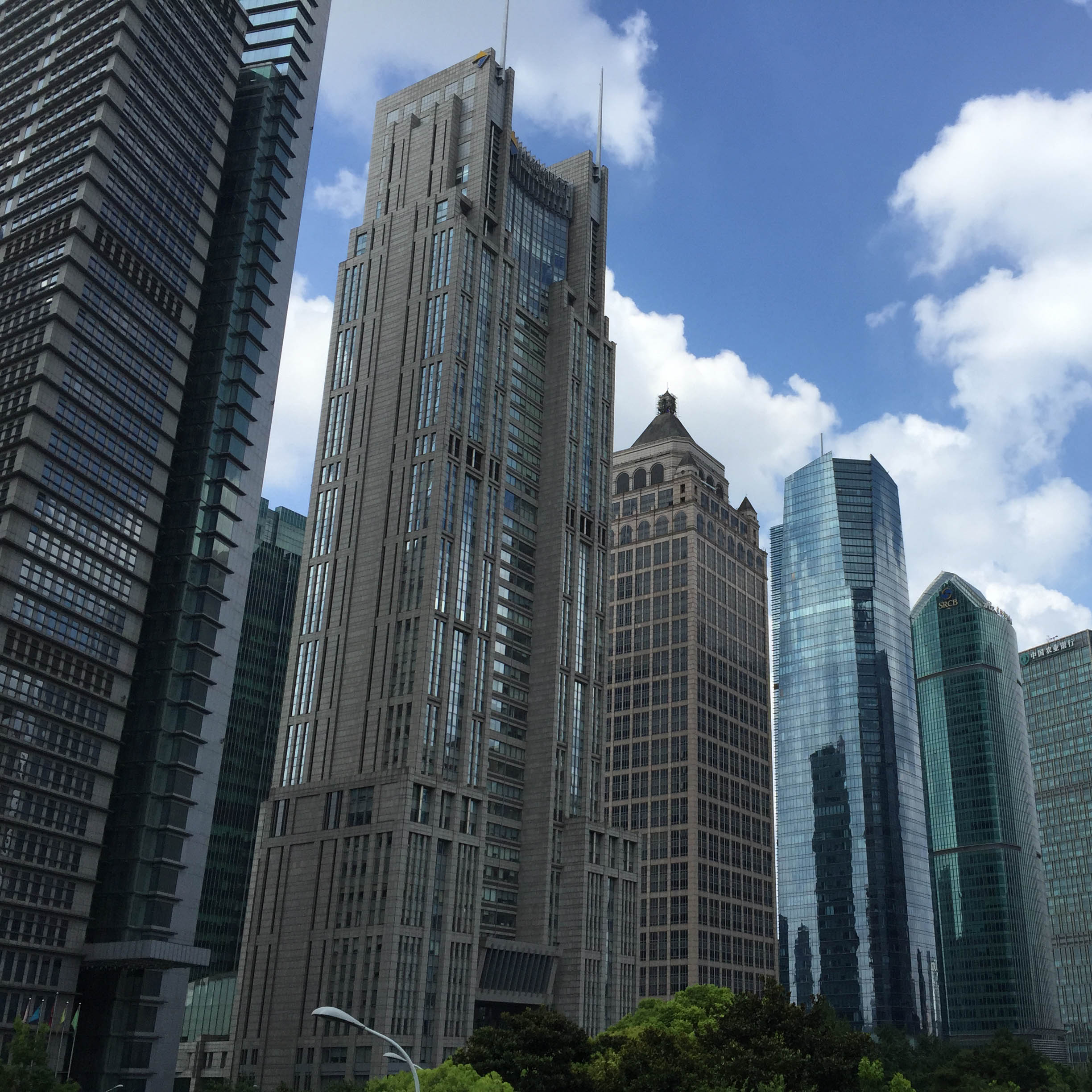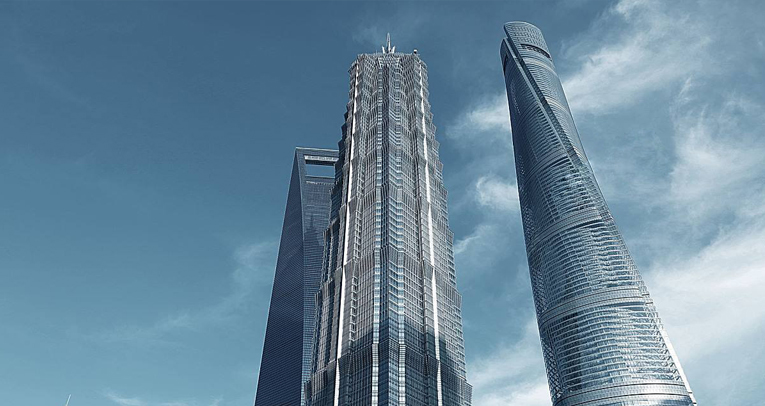Contact we will be able to get free consultation of 30 minutes and offer solutions.




Contact we will be able to get free consultation of 30 minutes and offer solutions.
United States
+ 1 507 3859886
Singapore
+ 65 86200187
China
+ (86 21) 60450886
Email contact info@rtfcpa.com
We will contact you within 24 hours.
 2018-06-30
2018-06-30

Today, many foreign owned R&D centres in China willcontrol their
cash flows by setting their mark up rate at the lowest level aspossible,
for instance below 10% or even below 5%. This is certainly an
effective way of controlling cashflows but the risks involved are
unimaginably high. The tax authorities might trace back the
enterprise’s profits for the previous 10 years,reset the previous profit
rate at a more reasonable level, for example, at13-15%(The China Tax
Authorities will often consider the average rate used byneighboring
countries, for example, the average rate set in India is at 15%)andask
the enterprise to transfer back the eroded and shifted cash flows to
China. If theheadquarters (HQ) does not transfer back the cash to the
subsidiary bankaccount, a 10% withholding tax will be set on overseas
profits distribution anda higher rate of 35% of Corporate Income Tax
(CIT) willbe chargeable on local profits.
Besides the abovetax
risks, the Chinese Government has been encouraging multinational
companies,especially in the R&D and Technology field, to step in the
Chinese market. The government has been offering a plethoraof both tax
and financial incentives tothese types of enterprises. Forinstance, an
R&D multinational company established in China can benefitfrom the
following incentives:
1. Value AddedTax(VAT) exemption on R&D revenue
(Caishui(2013)No. 106 Attachment 3,State Tax Announcement (2014) No. 49 & China Tax Administration Section 51)
2.
VAT exemptiononoverseas revenue related to technology R&D,
technology services ortechnology consulting or even zero-rated VAT on
these revenues with a VATinputrefund
(Caishui (2013)No.106
Section 1& 7, State Tax Announcement (2014) No. 11, Caishui
(2015)No.118 &State Tax Announcement (2015) No. 88)
3. Financialsubsidy, meaning for every 1 USD of overseas technology revenue, obtain 0.1RMBof subsidy
4. CIT ratereductionfrom 25% to 15%
For betterillustration, let’s assumean R&D centre with an annual cost of 50million RMB and a mark up of 15%.
|
Incentives |
Before Incentives |
After Incentives |
|
VAT Exemption |
VAT= 3,864,000 (57.5 million*6.72%) |
VAT= 0 |
|
Financial Subsidy |
Subsidy Amount= 0 |
Subsidy Amount= 884,615 ((57.5 million/6.5USD)*0.1) |
|
CIT Reduction |
CIT= 1,875,000 (7.5million*25%) |
CIT= 1,125,000 (7.5million*15%) |
Up to now, RTF has helped over 100 foreign invested companies to controltheir tax risks but also helped them tosave around 5 billion RMB of taxes andto gain 10 million RMB of subsidy. Isreducing tax risks and minimising costsyour principal goal? If it is a YES,then RTF will definitely be the best right-hand man to help your companytoachieve these corporate goals. Should there beany questions, our consulting team is at your disposal.









Address: Room 708, Allianz Building, 38 East 3rd Ring North Road, Chaoyang District, Beijing 100026,PRC
Address: 3107, Shanghai Merchants Tower, No. 161 Lujiazui East Road, Pudong District, Shanghai 200120,PRC
Room 1001 Broadengate Software Tower Binhai Avenue Nanshan District Shenzhen,shenzhen 518056,PRC
9 Temasek Boulevard, Suntec Tower 2, #09-01 Singapore 038989
Address: 339 5th Avenue,Suite 501 New York,NY 10016
7000 Falls Reach Drive,#205,Falls Church VA 22043
We will contact you within 24 hours.